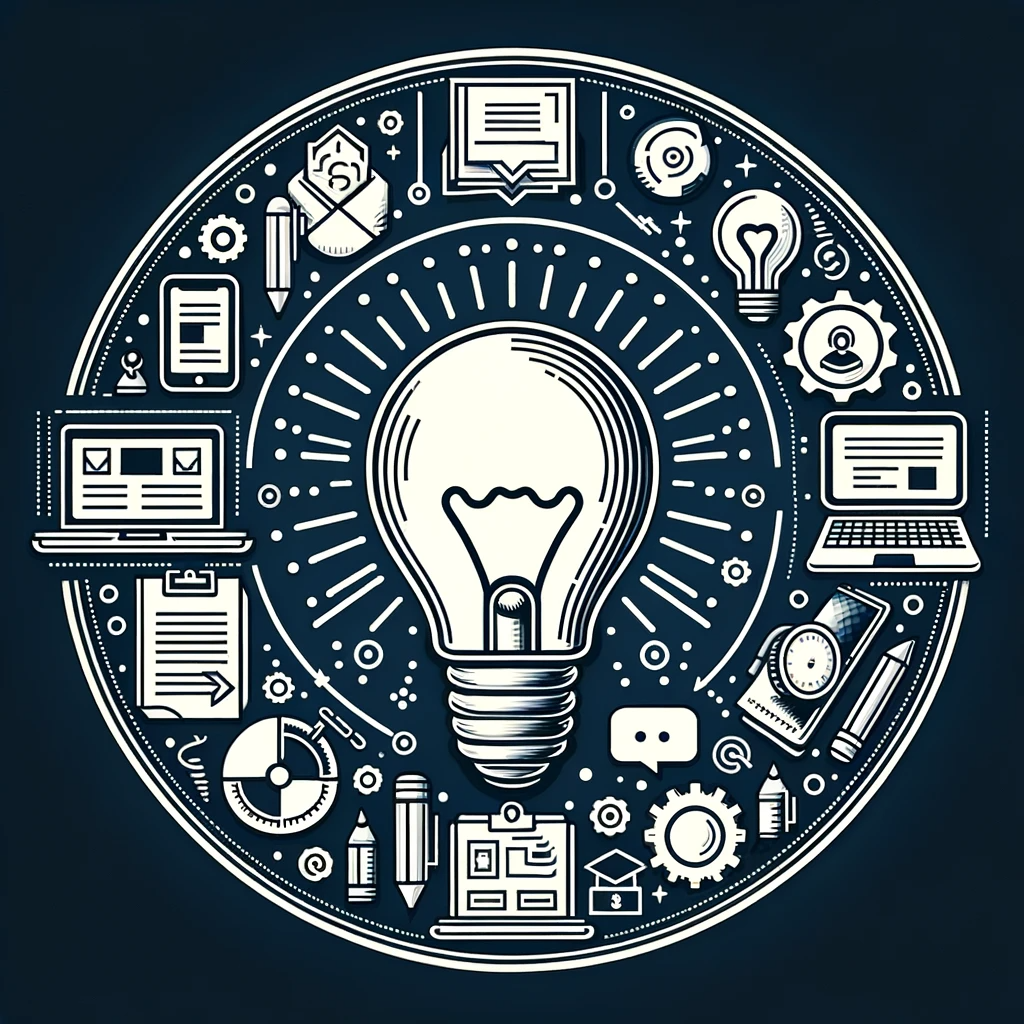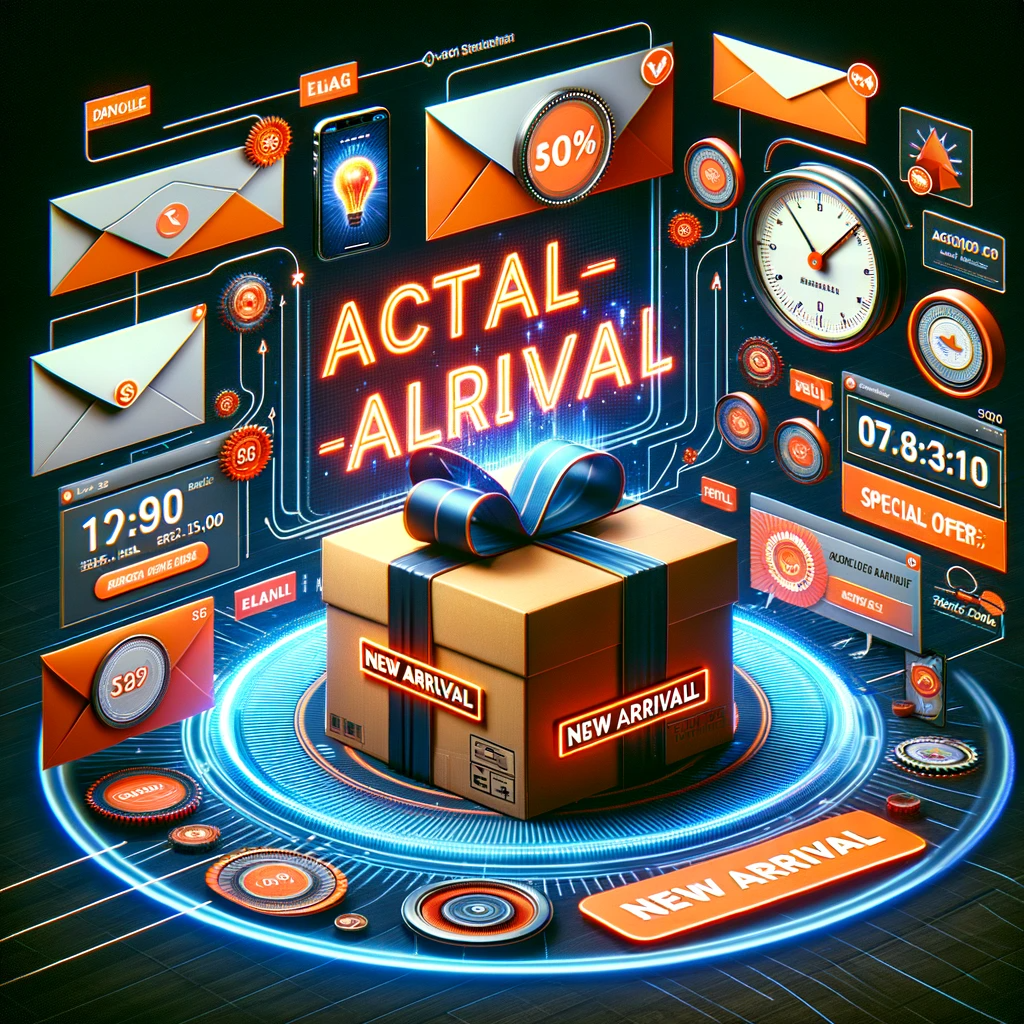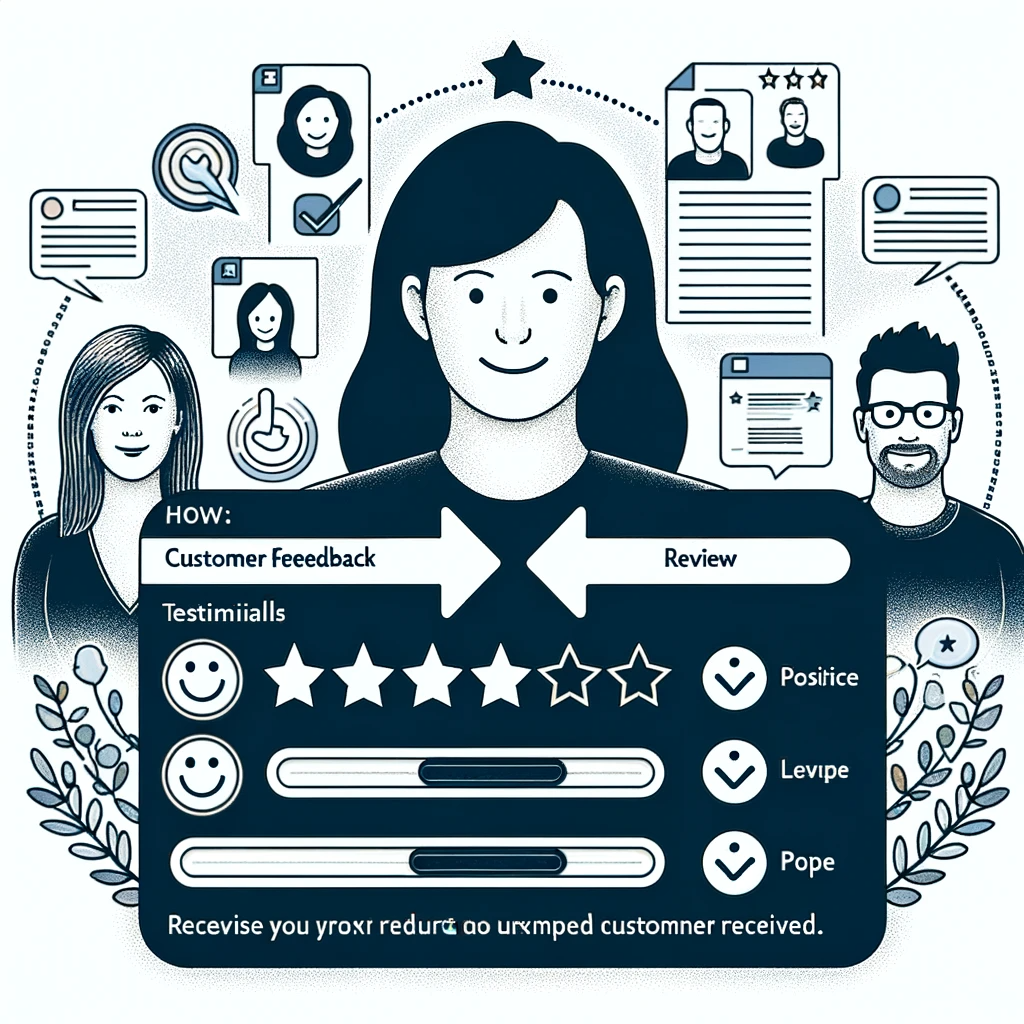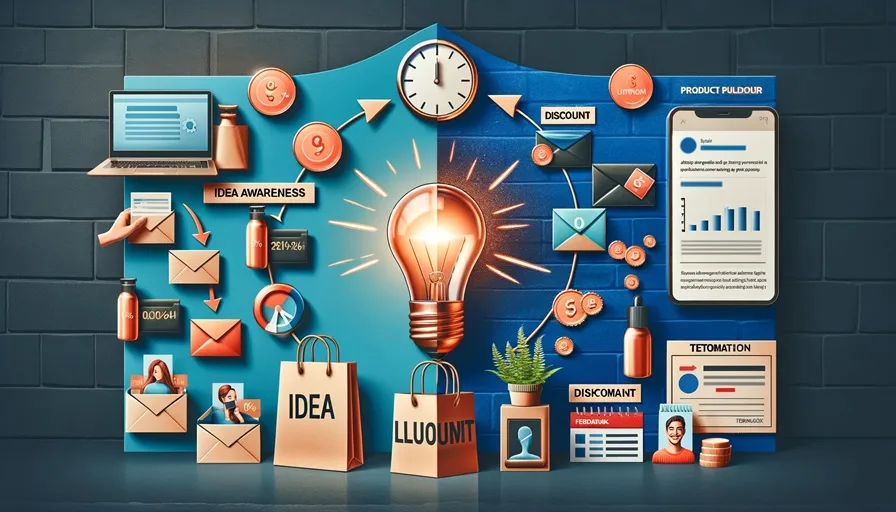Every business is always excited about launching its new product. It adds revenue and makes profits for the company. As an entrepreneur, I know the importance of marketing a new product before and after the product launch. And email marketing has been my first choice for marketing. Also, the brands love it too. Hence, product launch email marketing becomes important for your brand new product.
Pre-launch, actual-launch, and post-launch are three stages of a product launch email marketing. You’ll learn how brands use email marketing to promote new products in all three phases.
Pre-launch phase of Product Launch Email Marketing
The idea behind the pre-launch phase is to make people aware of the product. Also, educate our potential customers to prepare them to buy on the launch. Let’s discuss how brands achieve this target using email marketing before their product launch.

Create Awareness
If you are a marketer, you know that the primary function of marketing is bringing awareness among the people. Brands start doing it by talking about the problem their product will solve. They do not need to talk about their product but make people aware of the problem. Educational emails marketing is used during the awareness phase. For example, if you have found a cure for cancer, you start talking about curing cancer. You do not need to tell people about the medicine, but educate them why curing cancer is crucial for human life.
Start Nurturing
Here, brands start showing care and emotion for the people benefiting from their product. Nurturing is about building relationships at every stage during the sales process. As of now, brands are not selling but preparing you for sale. Instead of telling them about the product, brands talk about achieving goals. For example, gyms never send you emails about the gym types of equipment and services. They rather talk about the benefits of a healthy lifestyle in their email marketing.
Start a Buzz
You’ve probably received an email with phrases like “reserve your seat,” “coming soon,” “launching soon,” “surprise for you,” and so on. This is how companies create a buzz. Isn’t it exciting to think that something will solve your problem? Brands typically use these email templates when the new product is ready to launch.
Actual Product Launch Email Marketing Phase
Email marketing during the actual launch is very different from pre-launch. The goal of product launch email marketing here is to increase revenue and make more and more sales. If you have successfully placed your pre-launch campaign, it will surely benefit you in sales here. Now, customers have the actual product they can buy. So, here is how we drive more sales.

Special or Targeted Promotions
Offers and discounts are one of the traditional practices for encouraging users to buy something. The same practices are performed by the brands as well. But, brands make an extra effort to make it look like a personalized offer for you using coupon codes. These coupon codes are delivered via email. It gives people a sense of exclusivity, and people eventually buy the product.
Create urgency
Limited seats left, and the offer expires in 2 hours. Do these sound familiar? These hooks create a sense of urgency in the buyers’ minds. The brands use these hooks really well in their email marketing campaign. Nobody wants to sell their product a year from now, and hence, it is crucial to create urgency to sell the product.
Post-launch Email Marketing
The product launch was about spreading awareness and selling the product till now. But, the third phase focuses on communicating with the existing customers and sharing their feedback on the product. Positive feedback attracts more customers to buy the product. On the other hand, negative feedback is taken as advice so that brands can improve the product. When a brand says a new feature in their emails, it is when they have improved their product.

Review and feedback
Brands usually use customer stories and testimonials to attract more people to buy their products. There are different ways to promote customer feedback, but brands use behavioral email marketing to send this feedback to specific users. In simple words, people who are already looking for products are likely to buy, and hence, sending testimonials to them makes more sense. This review and feedback email marketing campaign can go on for months.
Benefits of Product Launch Email Marketing
There are many benefits for brands that use email marketing. Here are some of the top benefits that I would like to share.
Reach out to all existing customers
I know that you might ask why I haven’t mentioned new customers? Because you know what is more painful than not getting a new customer? Losing the existing customers. When brands launch their new product, they want their old customers to be the first buyers. And, no other marketing platform provides such control over the customers. You can reach out to each and everyone on your email list. That makes email marketing very powerful.
Quick Data-Driven Response
With the help of email marketing software, it has become easy and fast to collect customer responses. Understanding customer behavior is now possible with metrics such as deliverability, email opening rate, clickthrough rate, etc. These data points also help in improving the overall email marketing campaign.
Launch in phases and test the campaign
It is possible to launch our product in stages while testing email marketing. We have the freedom to examine our emails and subject lines with a small group of people. It aids in the improvement of our email content and the delivery of value to our customers. For instance, if I have a 1000-person email list, I can send two different email templates to 200 people each and analyze the results. After that, I will be able to use the winner template for the remaining 600 customers.
Budget-friendly
Email marketing is on the top when it comes to affordability. Most email marketing software provides free services up to 1000 email lists. Generally, small businesses have a small number of email subscribers, which means you do not need to spend any money on up to 1000 emails. The brands pay roughly $40-$50 per thousand emails.
Personalized and Targeted
As we discussed, email marketing is data-driven, and we can track the behavior of our users. This allows brands to curate personalized emails and target them to market the product. With precisely targeted marketing, brands generate more revenue.
In conclusion, email marketing is a full-fledged marketing tool used by brands to promote their product from the beginning to the end. It involves spreading awareness, selling the product using offers, and taking feedback from the customers. I want to add that brands also use other marketing platforms for marketing their product. Email marketing is just another form of marketing, and you can also use it like big brands.

